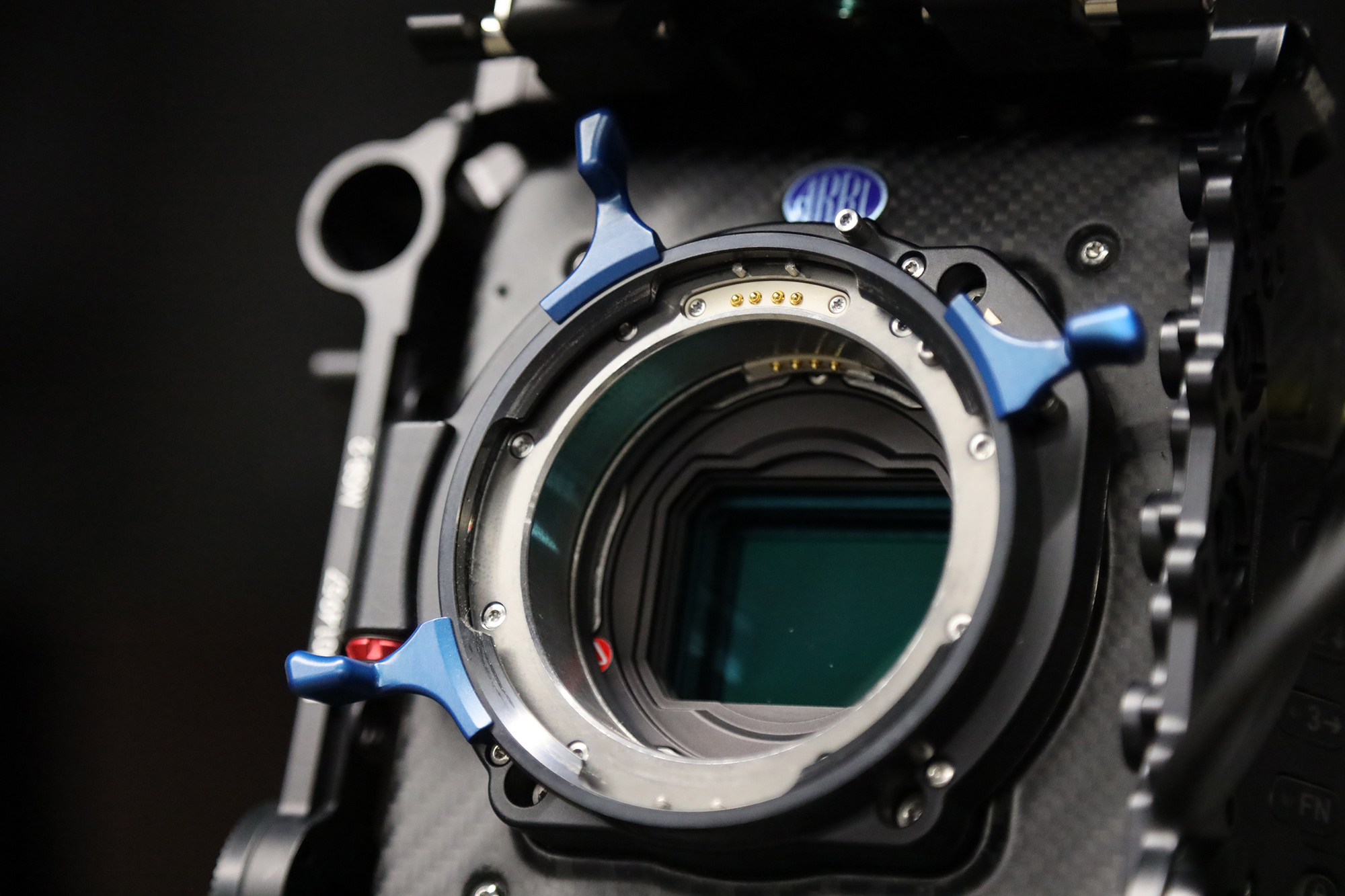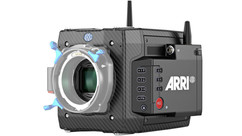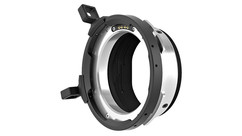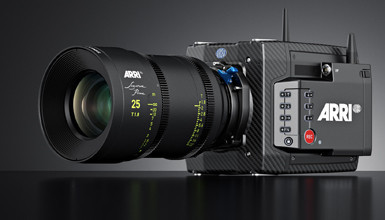_v1.jpg)
First, the mount is placed closer to the sensor plane — a measurement known as flange focal depth or ‘ffd’ — which allows for some clear advantages in lens design (more on that below) as well as greater adaptability of non-native lenses (provided the native mount being adapted from is for a system using a deeper flange depth than the mount being adapted to). The table below lists the flange focal depth for popular cinema and still lens mounts.
Flange Depths Compared
| Cinema Lens Mount | Flange Focal Depth (mm) |
| ARRI LPL | 44.0 |
| ARRI PL | 52.0 |
| Panavision PV | 57.15 |
| Still Photo Mount | Flange Focal Depth (mm) |
| Sony E | 18.0 |
| Micro Four Thirds | 19.25 |
| Leica M | 27.8 |
| Canon EF | 44.0 |
| Nikon F | 46.5 |
Telecentric Designs
Telecentricity is an optical design principle that allows for the light rays exiting the rear of the lens to remain more parallel to one another so that they are striking the sensor perpendicular to it rather than at an angle. Unlike film, which didn’t “care” what angle a light ray was received at, digital sensors like to receive light rays straight on for the most accurate measurement of the light received. A shallower flange depth, as on the LPL mount, lends itself to telecentric lens designs and also allows for larger rear elements — the LPL mount’s diameter has been enlarged to 62mm vs. 54mm on PL — and closer to the sensor, both to maintain light ray parallelism and to allow light to reach the outer areas of the ALEV III A2X full format sensors used in the ARRI ALEXA LF and ALEXA Mini LF. This approach also, generally, allows lens elements to be placed closer to the rear of the lens housing and can help improve balance on a camera-lens combo.

Signature Primes
ARRI’s own Signature Primes can be considered reference designs for the new LPL mount (though others, notably Angenieux with their Optimo Prime series of prime lenses, are also supporting the new mount). The Signature Primes represent a studied design statement called the “conscious design of softness” by ARRI Cinema Lens Specialist Art Adams. Of course, this doesn’t refer to “softness” as such; the Signature Primes are modern, high MTF optics, but that the quality of the out-of-focus areas (bokeh) were designed with a distinctly rich and creamy character, made possible in part by the flexibility — and power — of LPL.




















